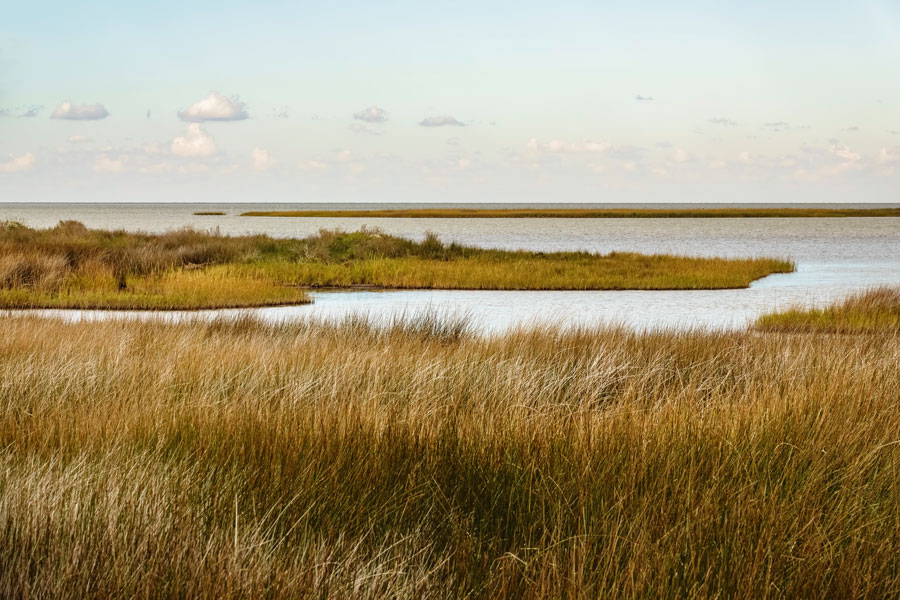How Salt Marshes Are Preserving Life Along Florida Coast

TALLAHASSEE, FL – Florida’s nearly 500,000 acres of salt marshes are under threat from rising seas, polluted runoff, and an abundance of urban development that’s been a growing concern for conservation groups. However an effort underway to try to save them is also saving the lives of people who benefit from their habitats.
The South Atlantic Salt Marsh Initiative has released a new plan to preserve 1 million acres of salt marshes from North Carolina to east-central Florida, an area nearly the size of the Grand Canyon.
Glenda Simmons Jenkins of Fernandina Beach, a descendant of the Gullah/Geechee people along the coast, emphasized the vital role of salt marshes, often underappreciated until they vanish.
“It’s really crucial not just for my culture, the Gullah/Geechee people, but for the survival of all folks in this state,” she said. “I think we take the salt marsh for granted.”
Jenkins said the marshes are vital habitats for fish, birds and other animals. They improve water quality and protect coastlines from flooding and erosion. The South Atlantic Salt Marsh Initiative’s plan has estimated an annual protective value of more than $7,200 per acre, solely from the marshes’ ability to mitigate storm surge and flooding.
Cameron Jaggard, principal associate for The Pew Charitable Trusts, said he’d like to give credit to the many state, local and federal organizations already “in the trenches” working to preserve salt marshes.
“Many of these groups are already doing a lot to support salt marsh,” he said. “The SASMI plan is stepping in to say, ‘How can we work better together?'”
The new plan proposes diverse solutions for protecting marshes, including creating living shorelines using recycled oyster shells or other materials, and securing adjacent lands to accommodate the natural movement of salt marshes as sea levels rise. According to the National Oceanic and Atmospheric Administration, salt marshes absorb floodwaters and wave energy during storms, reducing property damage in neighboring communities by up to 20%.
Support for this reporting was provided by The Pew Charitable Trusts.



Comments are closed.